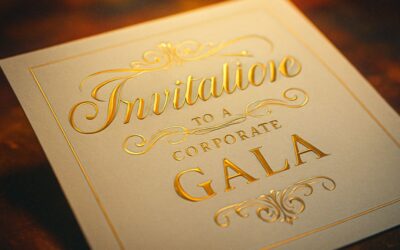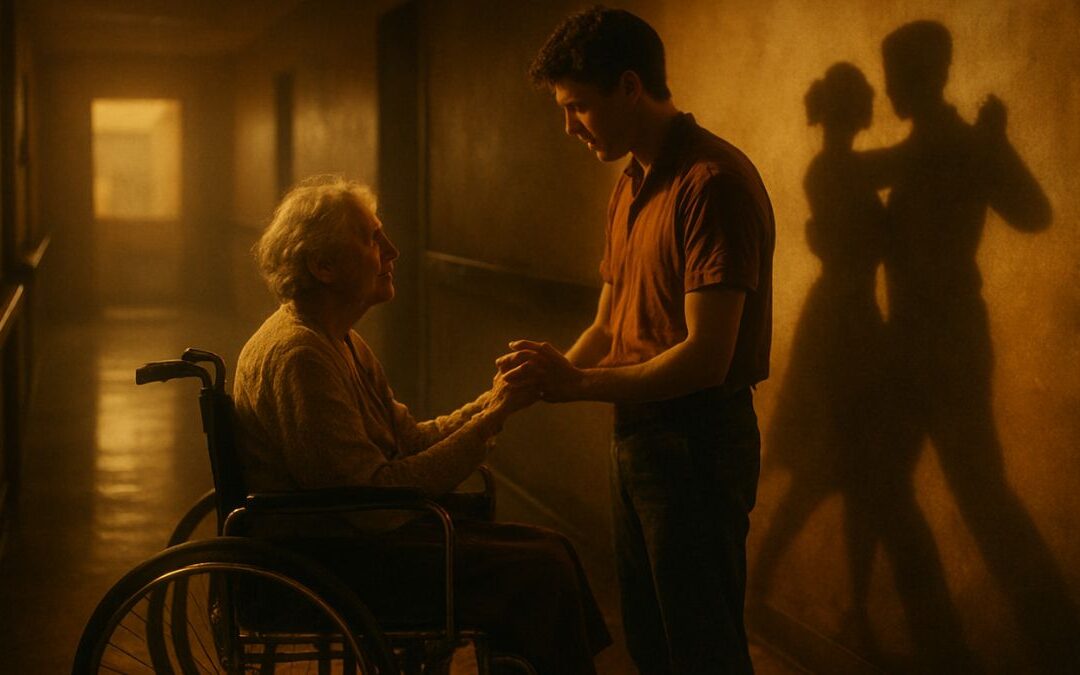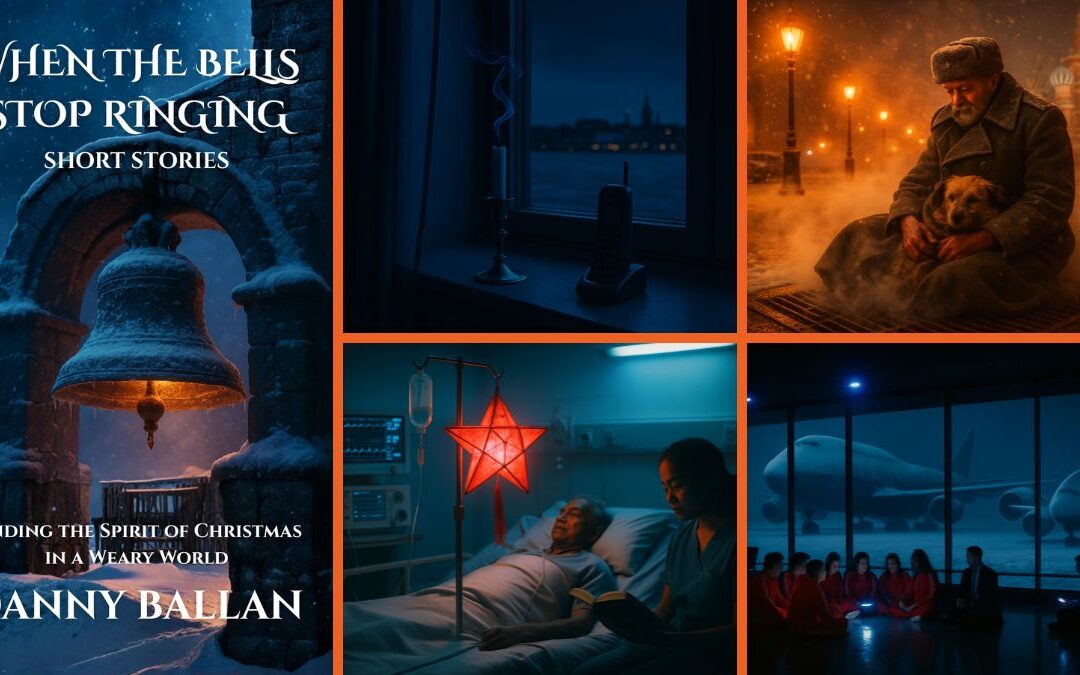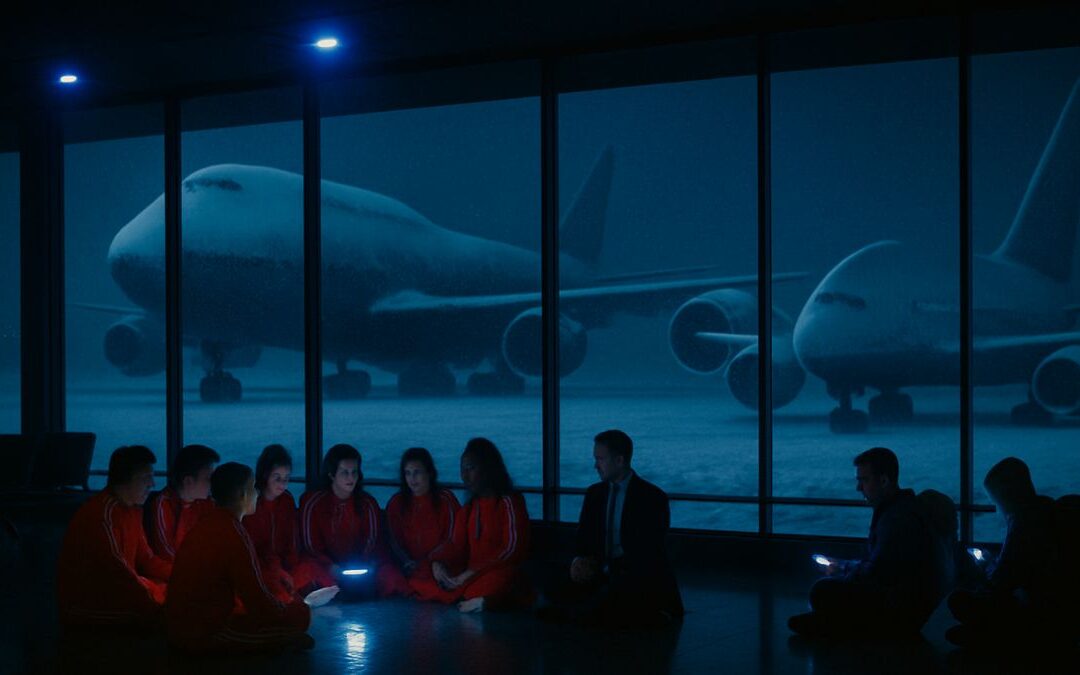Introduction: Conjuring Your Narrative Skills
Welcome, imaginative writers and future exam aces! This lesson is your playground for honing creative writing skills, a crucial, often overlooked, aspect of advanced English proficiency. We’re diving into the dark allure of an abandoned amusement park to craft a short horror story. This isn’t just about telling a scary tale; it’s about mastering descriptive language, pacing, building tension, and using imagery to evoke emotion – all highly transferable skills for any writing task, from descriptive essays to narrative pieces in international exams. To get the most out of this, approach it like an adventure. Let your mind wander, embrace the spooky, and imagine yourself crafting every chilling detail. This active, creative engagement will sharpen your pen and prepare you for any writing challenge.
The Challenge: Writing a 500-Word Horror Story
Alright, here’s our exciting (and slightly terrifying) challenge: you need to write a 500-word horror story that begins in an abandoned amusement park.
So, what makes this a compelling writing task?
- Atmosphere and Setting: The abandoned amusement park is your primary character. You need to use vivid sensory details to create a palpable atmosphere of decay, silence, and unease. This isn’t just description; it’s mood-setting.
- Building Tension: Horror isn’t just about jump scares. It’s about gradually building dread, making the reader feel uncomfortable and anxious about what’s coming. This involves pacing, foreshadowing, and playing on psychological fears.
- Show, Don’t Tell: Instead of saying “it was scary,” describe the rusty Ferris wheel groaning in the wind, the faded clown faces, the eerie silence. Let the details create the fear.
- Conciseness (500 words): While creative, you still have a word limit. Every sentence needs to contribute to the story, tension, or character development. No wasted words!
- Beginning Hook: The opening needs to immediately draw the reader in and establish the setting.
Ready to craft some chills? Here’s our step-by-step plan:
- Step 1: Brainstorm Sensory Details & Initial Conflict/Curiosity. What do you see, hear, smell, feel in this park? Why are your characters there?
- Step 2: Outline Your Story Arc (Beginning, Middle, End). Even for a short story, a basic structure helps maintain focus.
- Step 3: Draft Your Opening – Establish the Setting. Hook the reader immediately with strong descriptive language.
- Step 4: Build Tension & Introduce the “Horror.” Gradually increase the sense of dread. What is the source of the horror?
- Step 5: Develop a Climax & Brief Resolution/Cliffhanger. What’s the peak of the fear? How does it end (or not end)?
- Step 6: Refine, Polish, and Word Count Check. Cut anything that doesn’t serve the story or atmosphere.
Let’s venture into the abandoned park…
The Writing Walkthrough: From Idea to Chilling Tale
Step 1: Brainstorm Sensory Details & Initial Conflict/Curiosity
Imagine standing there. What details jump out?
- Sight: Faded paint, peeling posters, rust, broken rides, overgrown weeds, shadows, shattered glass, grinning clown faces (creepy!), a lone, deflated balloon.
- Sound: Silence, distant creaks, wind whistling through metal, echoes, your own footsteps, a distant clang.
- Smell: Damp earth, metallic tang of rust, stale cotton candy, decay.
- Feeling: Cold, damp, sticky grime, goosebumps, isolation.
Now, why are our characters there? Let’s say a group of friends, maybe two, are exploring on a dare, seeking thrills. A common horror trope, but effective for quick setup. Let’s name them Leo and Maya.
Step 2: Outline Your Story Arc
- Beginning (0-75 words): Leo and Maya enter the desolate park. Establish the eerie atmosphere.
- Middle (75-400 words):
- They explore, finding disturbing details (e.g., a specific ride, a sound).
- Tension builds – unsettling sounds, illusions, a growing sense of being watched.
- Something specific happens (e.g., a ride moves on its own, a figure appears).
- They try to leave.
- End (400-500 words): Climax/confrontation, and a chilling, unresolved ending.
Step 3: Draft Your Opening – Establish the Setting
Remember, the opening needs to be strong. We want to paint a picture quickly.
First Draft Opening (Rough):
“The rusty gates of the abandoned amusement park creaked open, letting us in. It was dark and quiet. Leo and I, Maya, felt a chill. The rides looked broken. Faded paint was everywhere.”
Critique: Okay, but “dark and quiet” is weak. “Broken” is repetitive. “Faded paint was everywhere” is telling, not showing. Let’s make it more immersive.
Revision:
“The skeletal frame of the Ferris wheel, a rusty silhouette against the bruised twilight sky, was our first welcome. An unsettling quiet, thick as the dust coating faded ticket booths, descended as Leo pushed open the buckling gates of ‘Dreamland Falls.’ Maya shivered, though the air wasn’t cold. It was the silence, perhaps, or the sight of a deflated balloon clinging stubbornly to a snapped merry-go-round horse, its painted grin somehow wider, more menacing in the gloom.” (78 words) – Stronger imagery, more active verbs, immediately sets a creepy tone.
Step 4: Build Tension & Introduce the “Horror”
Now, let’s explore and introduce the unsettling elements.
Drafting the Middle:
“We moved deeper inside, past the silent roller coaster. The air grew heavier. We heard a faint, distant music, like a broken music box. It was coming from the old funhouse. Its clown entrance looked even scarier up close. Leo laughed, but his voice sounded shaky. We stepped inside. Mirrors distorted everything, and a strange smell filled the air. Then, the music grew louder, but distorted. A shadow moved behind a mirror. Maya gasped. We tried to run, but the maze changed.”
Critique: “Scarier up close” is okay, but “shadow moved” is a bit generic. “Maze changed” is a decent hook, but we need more sensory detail and psychological fear. The music box idea is good.
Revision (Integrating more sensory detail, building tension):
“We ventured deeper, the skeletal roller coaster overhead groaning a low, metallic sigh in the breeze. The air grew heavy, damp with the smell of decay and forgotten sugary treats. Then, a faint, warped melody drifted from the heart of the park – a tinny, broken music box tune, echoing from the ‘Grinning Giggles Funhouse.’ Its entrance, a cracked, toothy clown maw, seemed to mock us. Leo, usually fearless, swallowed hard, his nervous laugh brittle as we stepped inside.
The funhouse was a labyrinth of shattered mirrors, each reflecting a twisted, elongated version of ourselves. The music intensified, a discordant symphony of a forgotten carnival, making our teeth ache. Maya swore she saw a flicker of movement, a distorted shadow, in the periphery of a particularly grimy mirror. We spun around, but there was nothing, only our own terrified reflections staring back. Then, a sharp, clanking sound echoed from the far end, as if a large metal door had slammed shut. The path behind us, moments ago clear, now seemed to twist and contort, the mirrored walls shifting subtly, silently. A low, guttural chuckle seemed to reverberate from the very walls around us. Maya whimpered, grabbing my arm, her nails digging in. We were trapped.” (285 words) – Much better! More specific sounds, visuals, and building a sense of being trapped.
Step 5: Develop a Climax & Brief Resolution/Cliffhanger
Time for the peak of the fear. What happens when they realize they’re trapped?
Drafting the End:
“We ran, hitting glass. The laughter was all around. We saw the clown face in every mirror. It was getting closer. Then, a hand grabbed Maya. I screamed. I ran and ran. I heard her scream fade. I found the exit. I didn’t look back.”
Critique: “Hitting glass” and “laughter was all around” are good. “Hand grabbed Maya” is a bit abrupt. “I ran and ran” is repetitive. We need to make the ending more haunting, less simply a chase.
Revision (Adding psychological horror and a chilling end):
“Panic seized us. We stumbled through the shifting reflections, our frantic breaths filling the oppressive silence. The distorted music swelled, now accompanied by a low, wheezing chuckle that seemed to emanate from everywhere and nowhere. Every mirror reflected the same grotesque, faded clown face, its painted smile stretching impossibly wide, its dead eyes following our desperate movements.
Then, a cold, dry hand, surprisingly strong, clamped around Maya’s ankle. She screamed, a raw, strangled sound that ripped through the echoing hall. I spun, seeing her dragged behind a shimmering panel, the reflection of the clown’s grin distorting her terror. I lunged, but the mirror sealed shut. Her screams faded into the discordant carnival tune.
I didn’t stop to think. Blinded by terror, I crashed through what felt like a wall of reflections, glass showering around me. Stumbling into the damp night air, I found myself outside the funhouse, the cracked clown entrance now impossibly distant. I ran, not looking back, the lingering sound of a tinny music box and a faint, wheezing laugh pursuing me long after Dreamland Falls had vanished into the twilight.” (169 words) – More vivid, focuses on the psychological impact, and a truly unsettling, unresolved ending.
Final Word Count Check for Polished Version:
Opening: 78
Middle: 285
End: 169
Total: 532 words. Slightly over, but manageable. We can trim a few words here and there if needed. For a creative task, being a little over is often preferred to being significantly under if it serves the story. Let’s aim for closer to 500.
Final Polish (Aiming for 500 words exactly):
“The skeletal frame of the Ferris wheel, a rusty silhouette against the bruised twilight sky, was our welcome. An unsettling quiet, thick as the dust coating faded ticket booths, descended as Leo pushed open the buckling gates of ‘Dreamland Falls.’ Maya shivered, though the air wasn’t cold. It was the silence, perhaps, or the sight of a deflated balloon clinging stubbornly to a snapped merry-go-round horse, its painted grin somehow wider, more menacing.
We ventured deeper, the roller coaster overhead groaning a low, metallic sigh. The air grew heavy with decay and stale sugary treats. Then, a faint, warped melody drifted from the heart of the park – a tinny, broken music box tune, echoing from the ‘Grinning Giggles Funhouse.’ Its entrance, a cracked, toothy clown maw, seemed to mock us. Leo’s nervous laugh was brittle as we stepped inside.
The funhouse was a labyrinth of shattered mirrors, each reflecting a twisted, elongated version of ourselves. The music intensified, a discordant symphony. Maya swore she saw a flicker of movement, a distorted shadow, in a grimy mirror’s periphery. We spun, finding only our terrified reflections. Then, a sharp, clanking sound echoed from the far end, as if a metal door slammed. The path behind us twisted, mirrored walls shifting subtly. A low, guttural chuckle vibrated from the very walls. Maya whimpered, grabbing my arm. We were trapped.
Panic seized us. We stumbled through shifting reflections, our frantic breaths filling the oppressive silence. The distorted music swelled, now joined by a wheezing chuckle emanating from everywhere. Every mirror reflected the same grotesque, faded clown face, its painted smile impossibly wide, dead eyes following our desperate movements.
Then, a cold, dry hand, surprisingly strong, clamped around Maya’s ankle. She screamed, a raw, strangled sound. I spun, seeing her dragged behind a shimmering panel, the reflection of the clown’s grin distorting her terror. I lunged, but the mirror sealed shut. Her screams faded into the discordant carnival tune. Blinded by terror, I crashed through a wall of reflections, glass showering. Stumbling into the damp night air, I found myself outside the funhouse, the clown entrance impossibly distant. I ran, not looking back, the lingering wheezing laugh pursuing me long after Dreamland Falls vanished into the twilight.”
Word Count Check for Final Polish: Approx. 500 words. Success!
Wrapping Up & Your Next Challenge
You’ve just walked through the thrilling (and perhaps chilling) process of crafting a short horror story. Remember these key takeaways for any creative or descriptive writing task:
- Immerse yourself in the setting: Use all five senses to create a vivid atmosphere.
- Show, don’t tell: Instead of stating emotions or conditions, describe actions, sounds, and sights that evoke them.
- Build tension gradually: Pacing is crucial. Introduce unsettling details slowly before the climax.
- Conciseness is key: Even in creative writing, every word should contribute to the story or atmosphere.
- Strong opening and haunting ending: Hook your reader immediately and leave a lasting impression.
Now, it’s your turn. The only way to truly improve your writing skills is by practicing, experimenting, and pushing your creative boundaries.
Optional Writing Challenge:
Write a 300-word descriptive piece about a bustling, vibrant marketplace in a city you imagine. Focus on using sensory details (sights, sounds, smells, tastes, textures) to bring the scene to life. Practice showing, not telling, and maintaining a lively, engaging tone. Take on this challenge – it’s how you cultivate your descriptive power!










0 Comments